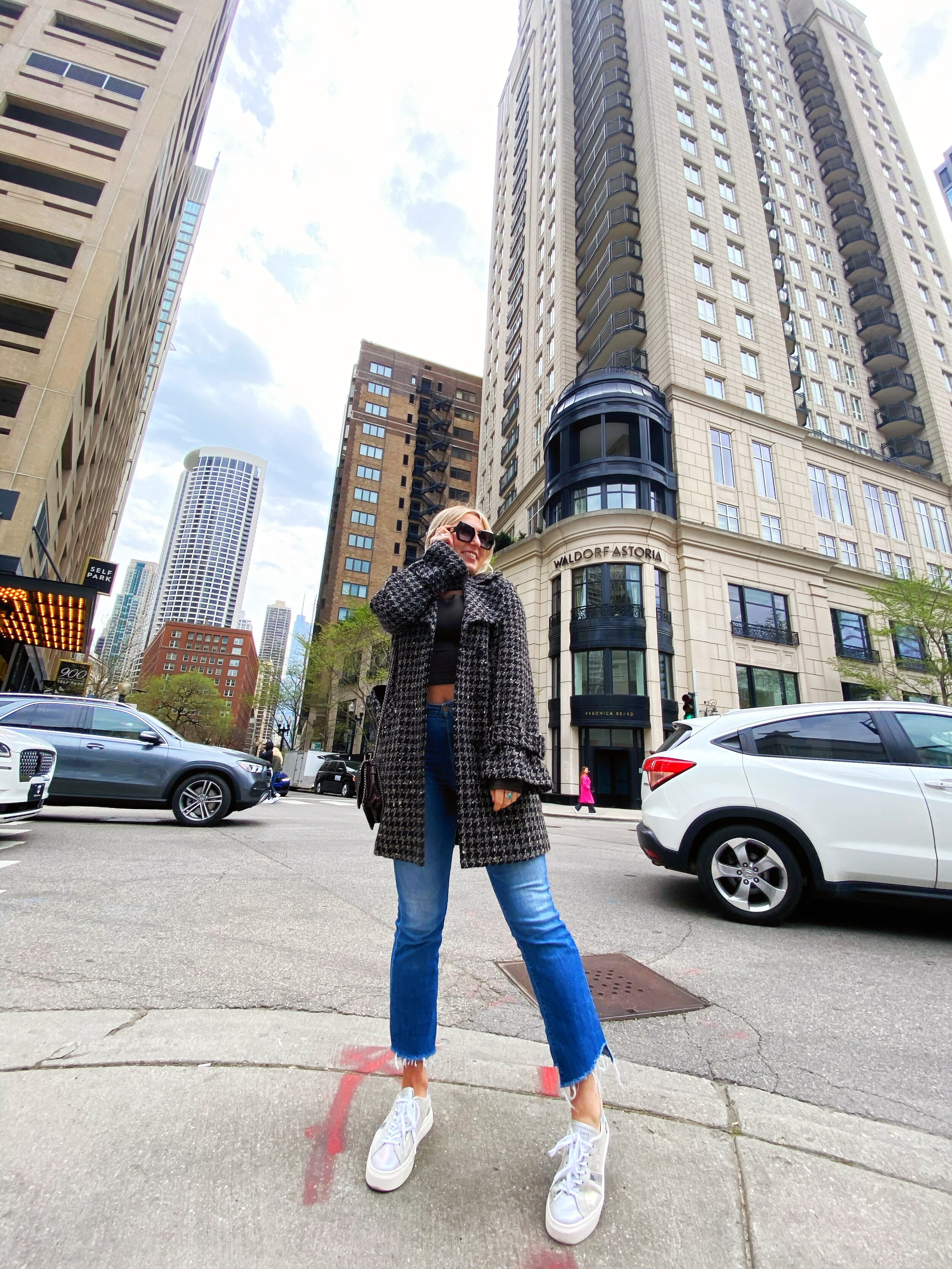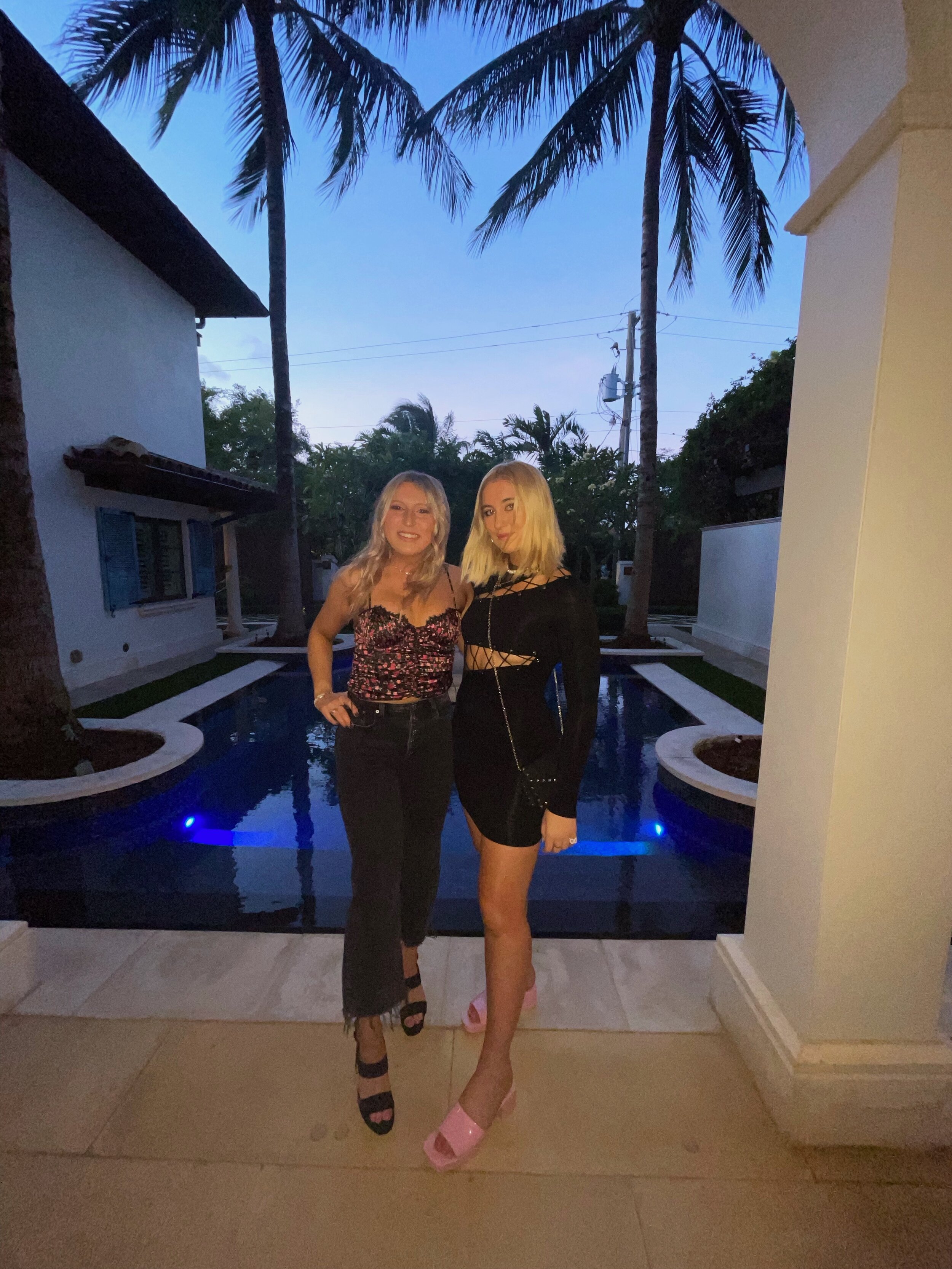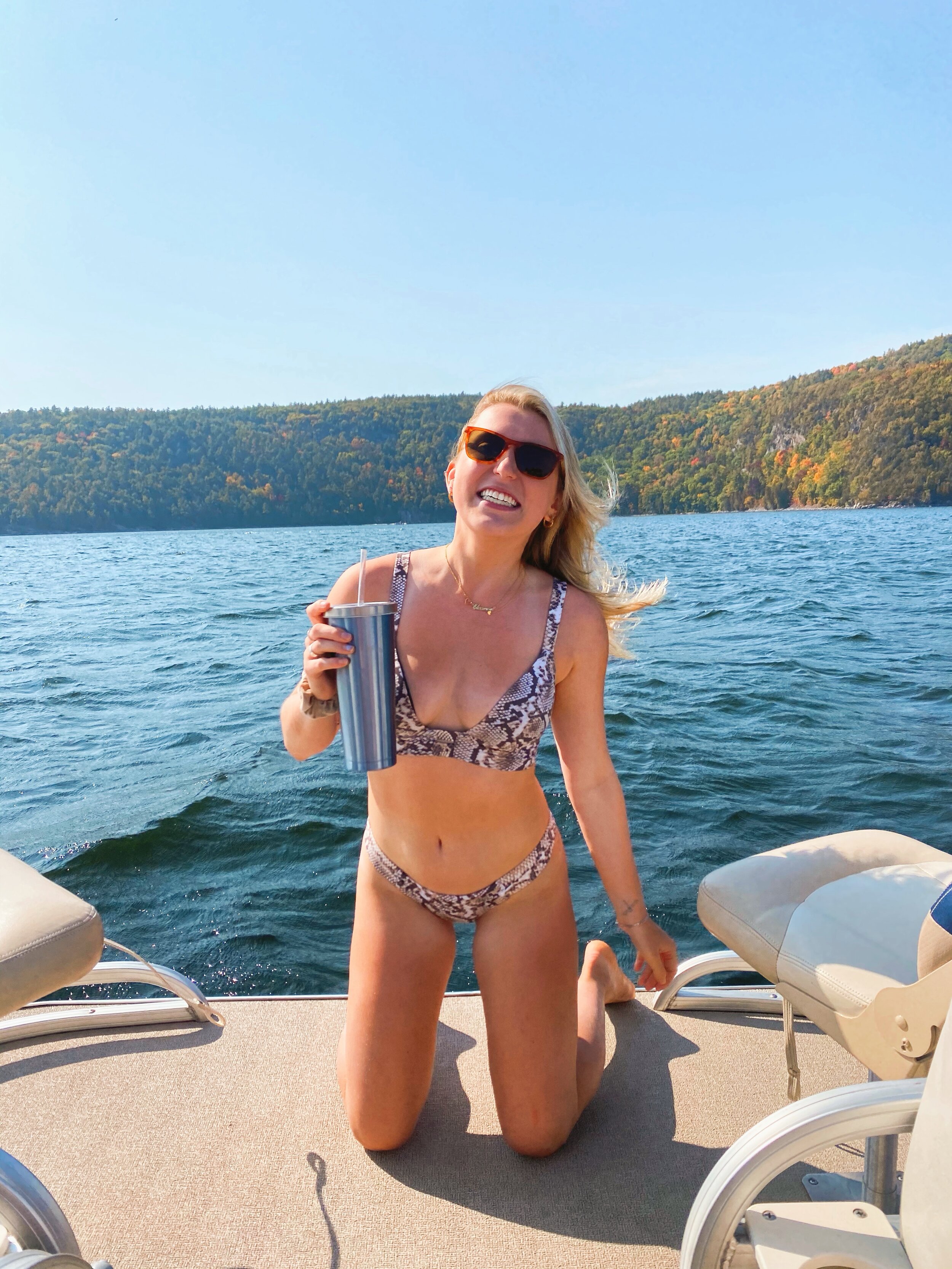Greenwashing Part II
By Eleanor Pontikes
Read the first installment on greenwashing here.
In a previous issue, Ellie and I wrote an article about greenwashing - and let’s face it: so many companies convey a false impression of environmental soundness in how they create and source their products. Some companies spread misinformation and others spend more on marketing “green” and “sustainable” products than they do actually changing their production to lessen their environmental impact.
Everyday, it seems like more and more companies are launching “Sustainable” or “Green” collections. Online fashion retailer, REVOLVE, recently launched their Sustainability Shop, consisting of a curation of items “crafted with the environment in mind” (REVOLVE website). Everlane launched ReDown and ReNew, a clothing line “Designed for you—and the planet” (Everlane website). Bloomingdales’ Sustainable & Mindful Shop editorial features clothing, shoes, and home accessories deemed sustainable; however Bloomindales’ website offers no product information related to how the products are identified as “sustainable” or “mindful.”
But with all these sites and companies launching sustainability campaigns, how can you as a consumer sift through the gimmicks and misinformation and greenwashing to shop for genuinely sustainable and ethically produced products? It starts with transparency.
Through my own research, I stumbled upon a site called “Good on You” which provides thousands of brand ratings, articles, and expertise on ethical and sustainable fashion, with an app you can downloaded to make things even easier. Emma Watson, an avid advocate for environmental issues and women’s rights, supports their vision and is featured on their website.
Good on You considers three factors when creating their final rating: planet, people, and animals.
The environmental rating considers a brand’s resource use and waste management and their policies to address energy use and carbon emissions, impacts on water, microfibre pollution and chemical use and disposal. The labor rating considers brands’ impact on workers across the supply chain. And the animal rating considers what animal materials were used.
For instance, if a brand frequently used leather or exotic animal skin, their animal rating would be low. Good on You does the heavy lifting for you, offering an easy option for learning more about the brands you support and purchase from. Even if your personal rating system or environmental priorities do not align with Good on You’s, it is a good starting point.
Of course, there are many other ways to shop more consciously and combat greenwashing.
What You Can Do:
Shop through independent retailers rather than large online retailers like Nordstroms, REVOLVE, Intermix, etc. During the beginning days of the pandemic, there was a push to order in food directly from restaurants instead of through third-party delivery platforms like UberEats or Grubhub, which take commission from restaurants - the same goes for designers, large and small!
On that note, Support Independent Designers and Small Shops. Especially in this pandemic, shopping at independent or boutiques can help provide clarity. Often, these smaller, independent businesses will answer your questions about their products if you ask!
Prioritize. Maybe you want to lessen your water imprint or maybe you want to support women-owned businesses. You do you. Figure out what is important to you. This makes shopping less intimidating and even less guilt-inducing.
Do your own research. Check out sites like “Good on You” to help inform your decision making. Look at product descriptions to search for sustainable fabrics and materials and production information (which can reveal information about labor practices). If something feels phony or like it does not add up, that is probably telling you something.
Shop Secondhand. Sure, you can scroll online or window-shop all you want, but instead of buying new items, find them secondhand. Instead of sifting through local thrift shops or Goodwills to no avail, try searching specifically through retailers like Poshmark, ThredUp, or Depop to make the search easier and quicker. For more designer pieces (and at better prices), look at TheRealReal or Vestiaire. Often, specific keyword searches will yield the exact item you were looking for! If you cannot find the item, enjoy the thrill of treasure hunting.
As my previous articles note, no one is perfect and in the end, consumption is still consumption. But putting in a tad bit of extra time and research into what you buy can not only lessen your environmental impact, but increase mindfulness and satisfaction.
Eleanor in thrifted jeans, top from Poshmark, & thrifted bikini


